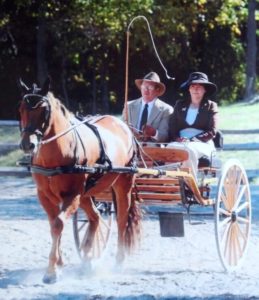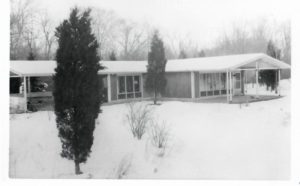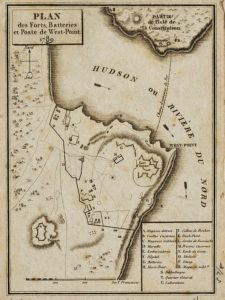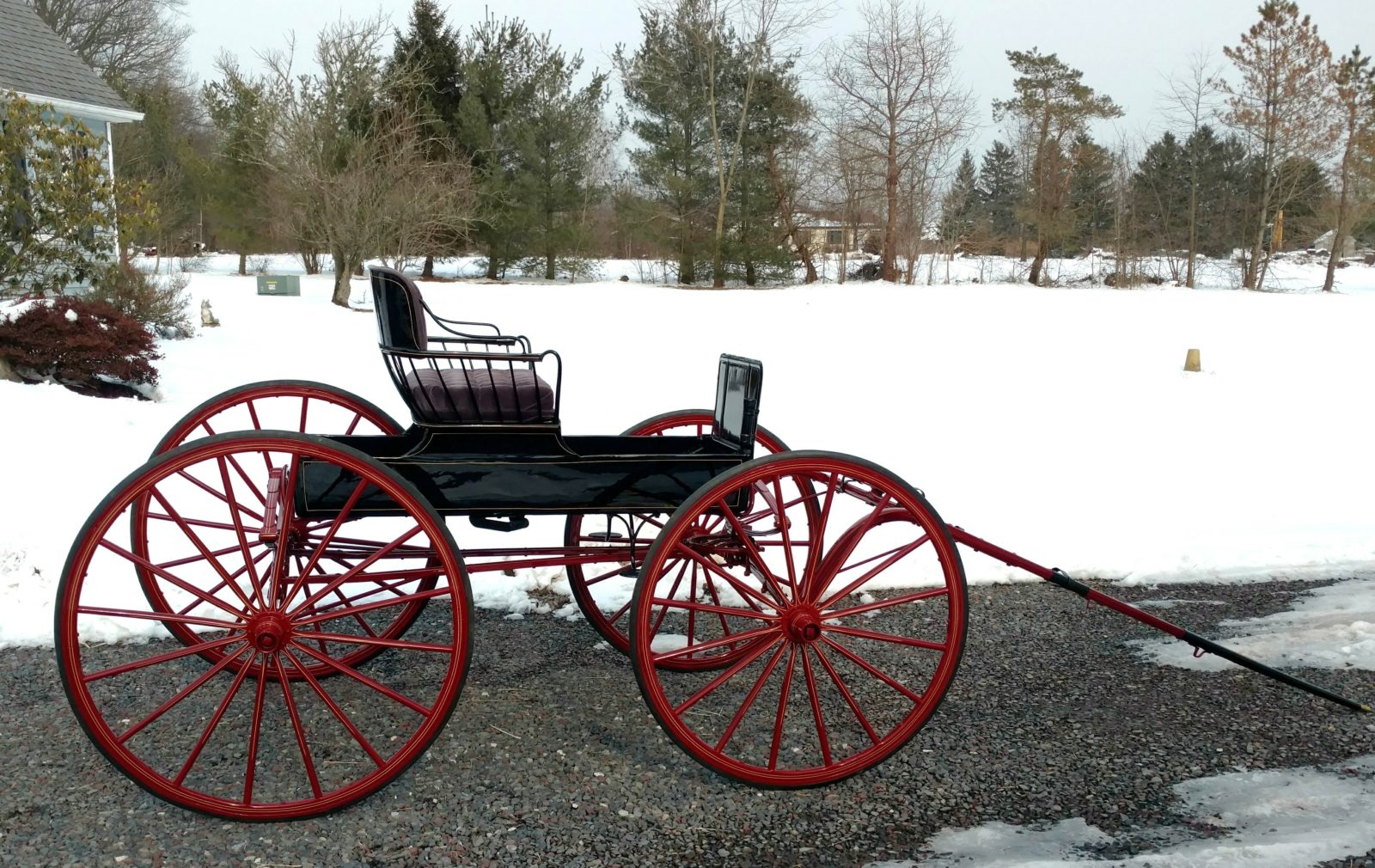Readers share more of the story about Bucks County history.
My job as a journalist is to produce every week a new episode of something historically interesting about our amazing county. If one week I’m focused on a village like Applesbachville in Upper Bucks, the next will find me on the grounds of a mansion in Andalusia in Lower Bucks. Then I’ll drop by a castle in Doylestown or climb an historic hill in Central Bucks, often with the grand kids.
The joy is getting feedback from readers who take my tales a bit further. Some examples:
“ ‘Trotters’ aren’t always trotters”
“I never miss your columns. My entire family enjoys them. You have delved into fascinating aspects of area history, some of which even this family of history buffs was unaware of and enlightened by.
“As a lifelong horsewoman, I thoroughly enjoyed your article on the connection between horse racing and Bucks County (“The Fast and the Mighty”, 4/8/2019). There are a few points that I thought you might find interesting. The horses you refer to as “trotters” are in fact not always trotters. Many are trotters, which is a diagonal two-beat gait. However, just as many are pacers, who perform a lateral two-beat gait, giving them a side to side motion. It is an interesting gait to ride. We have had the pleasure of owning one of these wonderful animals. They are extremely intelligent and versatile and very kind. They are much more laid back than their more sensitive Thoroughbred cousins.

“I enjoyed your references to Rushland. My husband and I spent many early Saturdays at Davis Feed Mill when we were dating and first married. We have been together for 41 years, first united by our love of horses. We still ride and drive and enjoy collecting antique carriages. The oldest vehicle we have is a road cart from the 1860s. We try to find out any history that we can. Each city or even town had multiple carriage makers.
“Driving through the woods or hearing your horse’s hooves on the floor of a covered bridge truly transports you back in time. When we were teens dating, we had an antique road cart. One day, an elderly gentleman came out of his house and flagged us down. He wanted to tell us that his grandfather had come home from the Civil War in a cart just like ours. He then pointed to a huge sturdy oak in front of his house and explained that on the day of his return, his grandfather had planted that tree! That story has stayed with us all of these years.
“Thank you for your many wonderful columns.”
– Deborah George, Milford
“Poorman of Poorman Road”
“I read with interest your article about Almshouse Road a few weeks ago (“Road to Redemption”, 3/4/2019). I would like to add some additional information.
“My father – George Poorman – was working at the NADC, Johnsville and living in Lacey Park (now Warminster Heights) in 1953. He had married and had a baby – my oldest brother Paul. My dad must have known about Poorhouse Road because when property came up for sale in 1956, he bought it and had our house built. How could he not? Poorman of Poorhouse Road.

“Neshaminy Manor used to be the county poor farm as my dad called it. I have seen maps listing the road as Poorhouse Road. Our address was a box # RFD, Ivyland, Pa. Sometime about 1966 or so the Warminster Post Office renumbered the Poorhouse Road and changed the name to Almshouse Road. I guess they wanted to make it sound not so low class.
– James Poorman, Roslyn, Pa.
“West Point was interconnected forts”
“Always enjoy reading your stories. Please add “Washington and Arnold” to your reading list. It is written by Dave Palmer, a retired Lieutenant General and former superintendent of West Point. I was his last aide de camp at West Point when he retired in ’91. He wrote another great book – “The Genius of General Washington”. It is a book on strategy. I use it to teach principals and other superintendents.
“As a West Pointer I did catch a small error in your story (“Benedict Arnold”, 3/1/2019). West Point was initially a series of interlocking forts from Fort Montgomery up a few miles to West Point. Their purpose was to stop the British from dividing the colonies by controlling the Hudson River.


“After the second battle of Saratoga when Arnold received serious wounds, he was assigned by Washington to command the forts. There was no Academy until after Washington died in 1799. The U.S. Military Academy was founded in 1802. What Arnold gave Major Andre was the plans to the fortification.
“Thank you for writing these stories. We are lucky to live and work in Bucks County.”
– William E. Harner, Ph.D., Superintendent,
Quakertown Community School District

